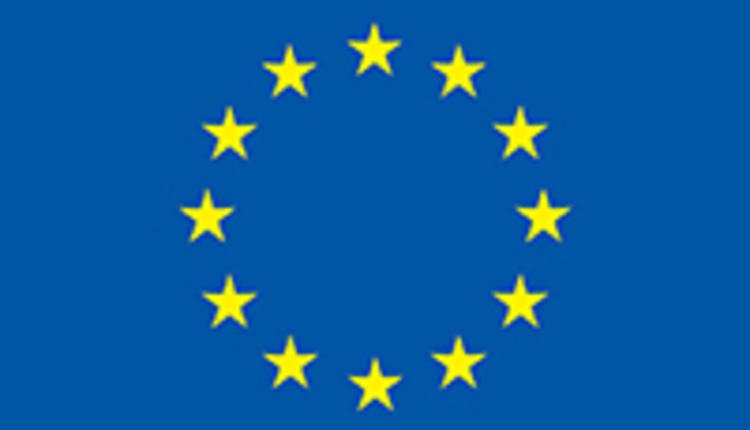 Two days ago, the sun rose on a new dairy world.
Two days ago, the sun rose on a new dairy world.April 1 was the first day in 31 years without milk production quotas in the European Union (E.U.), and with it came increased potential for an already big player in the dairy exports world.
How big and how soon supplies and prices will be effected is unknown, but a recent executive brief by the U.S. Dairy Export Council (USDEC) offers ideas about what could be coming:
1. Twenty-eight countries are members of the E.U., but only six are expected to increase milk production significantly. That list begins with Germany, the E.U.'s biggest milk producer. The other five are France, the Netherlands, Ireland, Denmark and Poland. USDEC predicts that by 2020 total E.U. milk production will be about 34 billion pounds (11 percent) higher than it was in 2013.
But a recent Rabobank report points out there are major limits to how much production can grow in each country. E.U. environmental restrictions are very tight and are a huge consideration for all of them. Land cost and availability tend to be as well.
2. Much of the E.U.'s new production is likely to be made into products for sale as exports, much of it being cheese.
3. Billions of dollars were invested by E.U. companies in new processing capacity before the end of quotas and more is anticipated. The European Commission notes that E.U. dairy product exports have increased by 45 percent the last five years.
4. E.U. exporters will become even bigger global competitors. USDEC says the E.U. already exports more cheese, powder and butter than the U.S.
5. Smaller companies in the E.U. may be able to undercut the U.S. on price.
Because of new supplies becoming available from a longtime exporter of high quality products, USDEC predicts there will be more volatility in world market prices until those new supplies become integrated into the global pipeline.
However, USDEC also points out that global demand for dairy products is expected to continue growing faster than increased global supply for 10 to 15 more years, meaning that the gap between supply and demand will only continue to widen despite new supplies from the E.U.
To subscribe to the U.S. Dairy Exporter Blog and get the executive brief in its entirety, click on the link."

The author has served large Western dairy readers for the past 37 years and manages Hoard's WEST, a publication written specifically for Western herds. He is a graduate of Cal Poly-San Luis Obispo, majored in journalism and is known as a Western dairying specialist.







